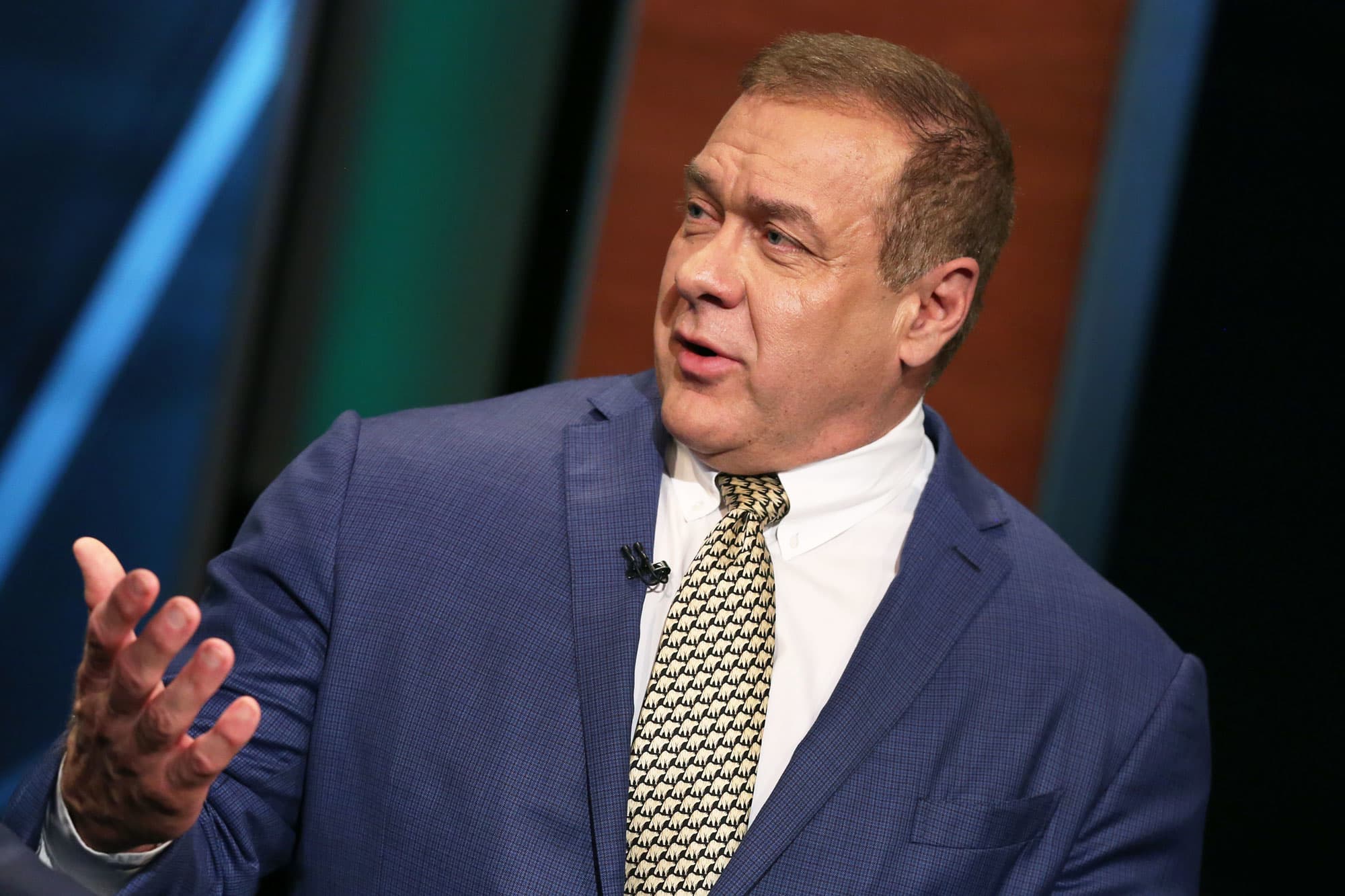
Scott Minerd, Guggenheim’s global chief investment officer, said Tuesday that the widespread expectation on Wall Street for rising interest rates was likely wrong and the the benchmark U.S. Treasury rate could even turn negative.
Minerd told CNBC’s Brian Sullivan on CNBC’s “The Exchange” that a model used by his firm to make investment decisions showed that interest rates were still on a downward trajectory overall despite a bounce in recent months.
“Whether it’s negative rates or rates which are barely positive, I think that over the course of the next 18 months, we should expect to see a high likelihood that we end up with significantly lower long-term rates than we have today,” Minerd said. Guggenheim manages $310 billion.
A recent climb in Treasury yields picked up steam last week, with the benchmark 10-Year yield trading well above 1.5% and briefly piercing 1.6%. The yield has pulled back on Monday and Tuesday but is still trading well above its level from a few months ago.
Inflation is also a growing concern among some strategists and economists. The U.S. economy has struggled to reach the Fed’s inflation goals since the financial crisis, but some worry that low rates, economic stimulus and pent-up demand could drive prices significantly higher over the next year.
Many strategists expect Treasury yields to rise higher as the year progresses and economy reopens, but Minerd said he was less confident in that.
“We have yet to see a reversal in the trend that has been in place since the early 1980s. It has been a fool’s game so far to every time we make a new low in rates to predict the end of the bull market, and until the market tells me something different, I’m not in a hurry to join the crowd,” Minerd said.
He explained in a note that a regression tool used by Guggenheim, based on legendary economist Eugene Fama’s “random walk” theory, suggested that the 10-year was trading at close to its near-term ceiling and had the potential to trade in negative territory in 2022.
“Our work shows that as long as this trend stays in place — which as I said it hasn’t been violated yet in 35 years — the models tell us that we’re going to have a 10-year yield that’s negative,” Minerd said. “The mean expectation is for it to be about negative half of one percent.”
The strategist said that he did not see the potential for another stimulus package of nearly $2 trillion from Washington as a reason to change his outlook. Minerd explained that rising savings levels for Americans could work to push down interest rates, as could the potential for a Fed “twist.”
Minerd has long warned about excesses in the bond market, especially on the corporate debt side. He warned last February that the burgeoning coronavirus pandemic, which had not yet impacted the U.S. economy, was an example of a threat that could derail markets.




